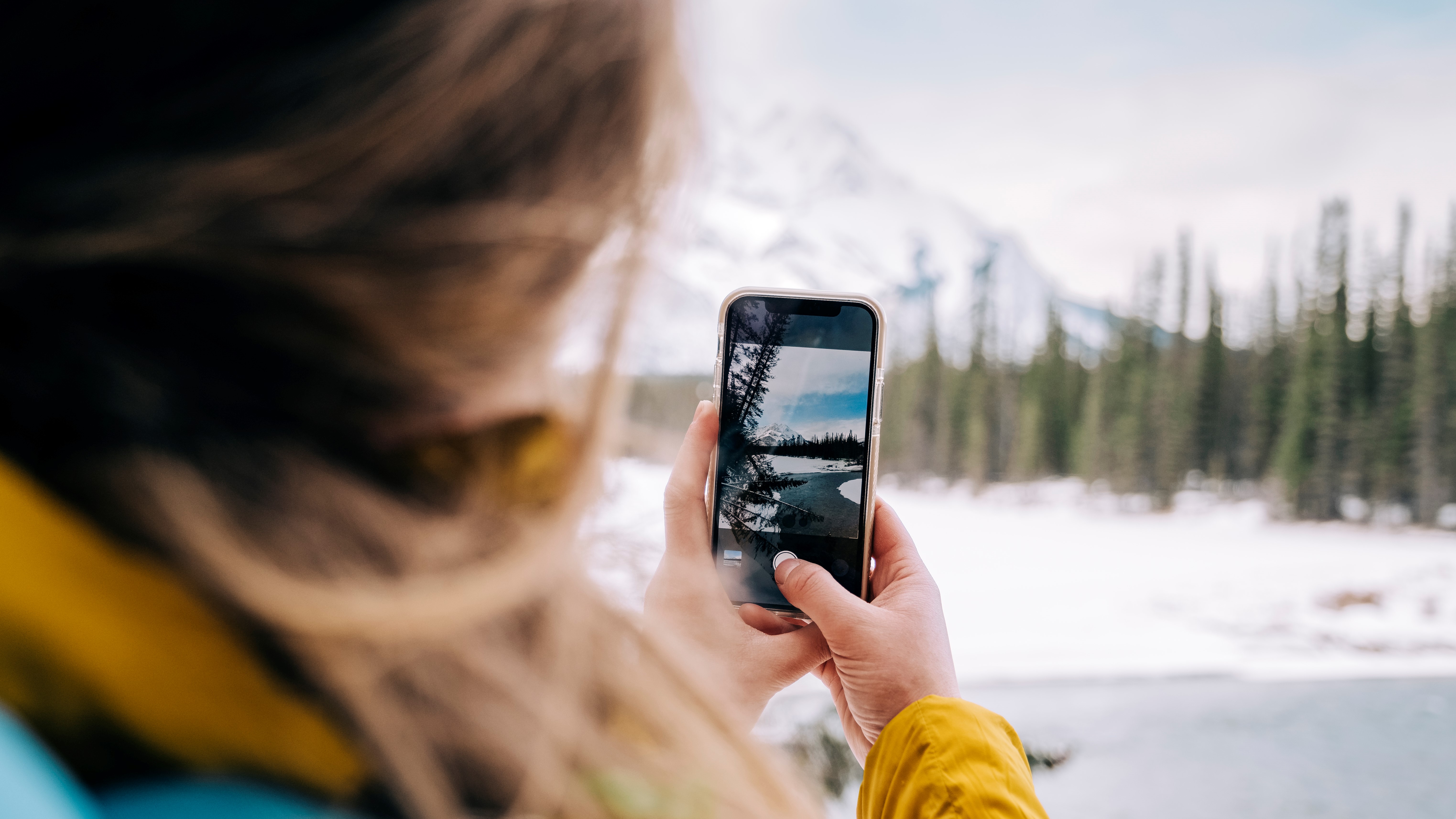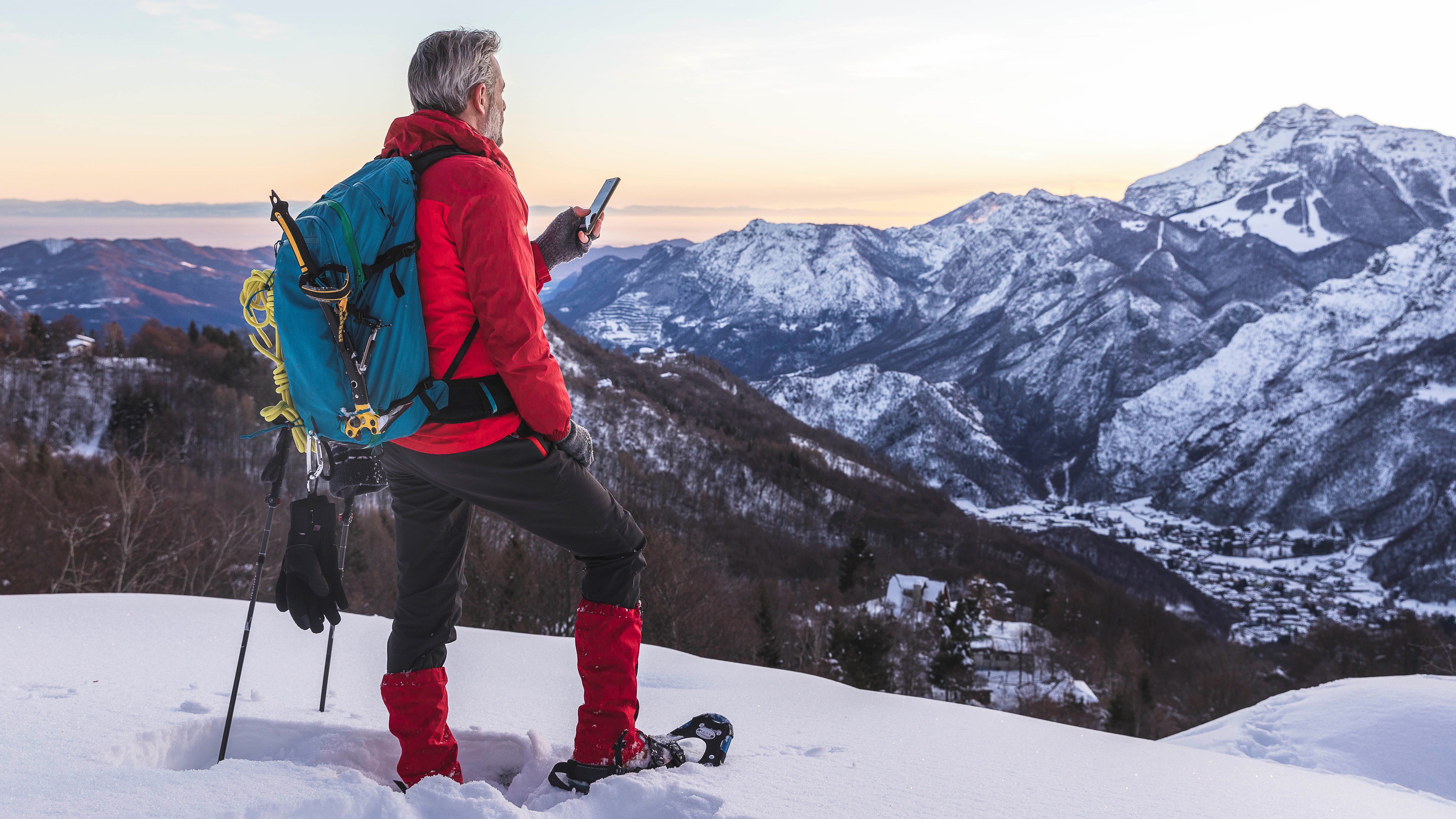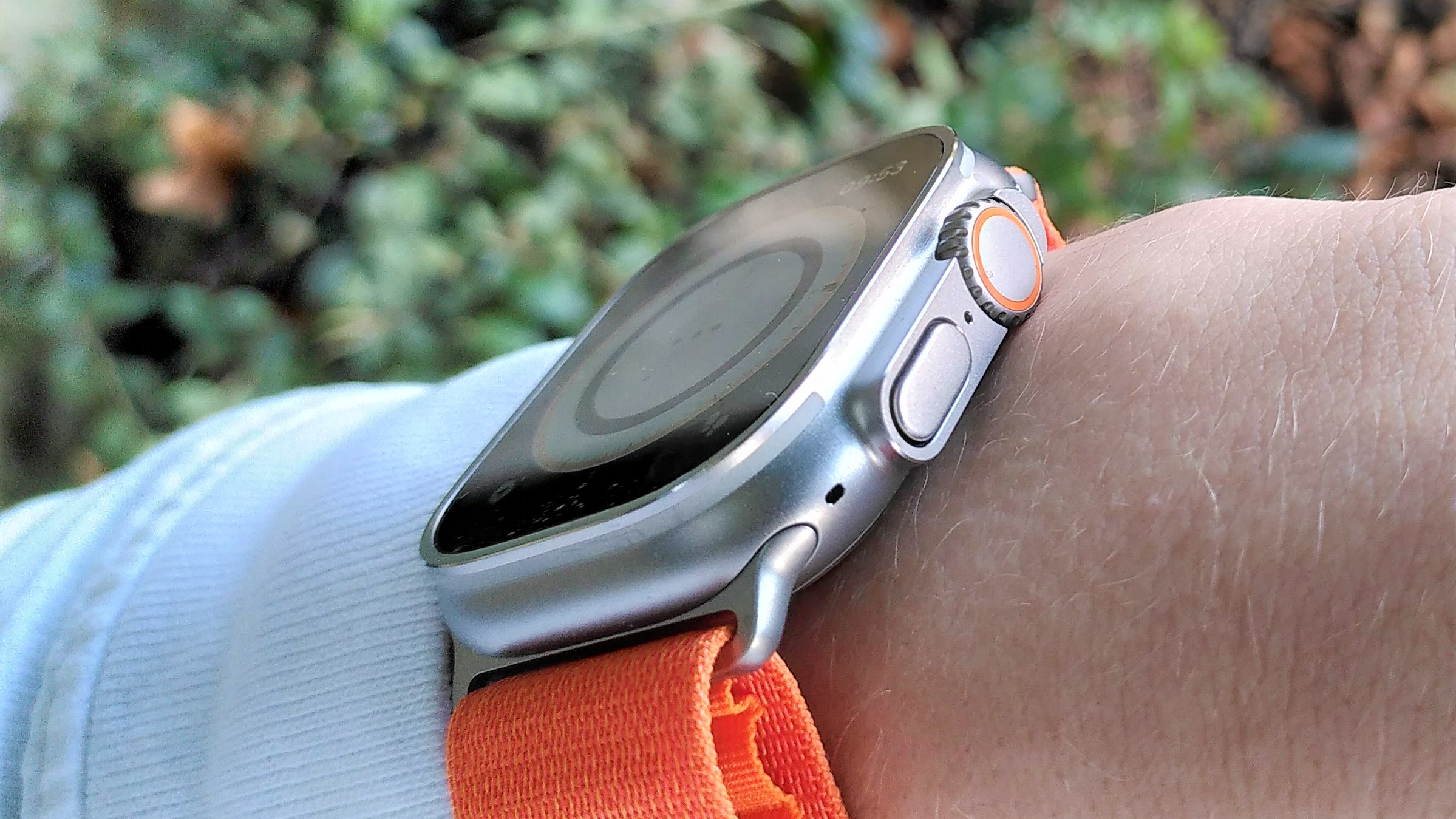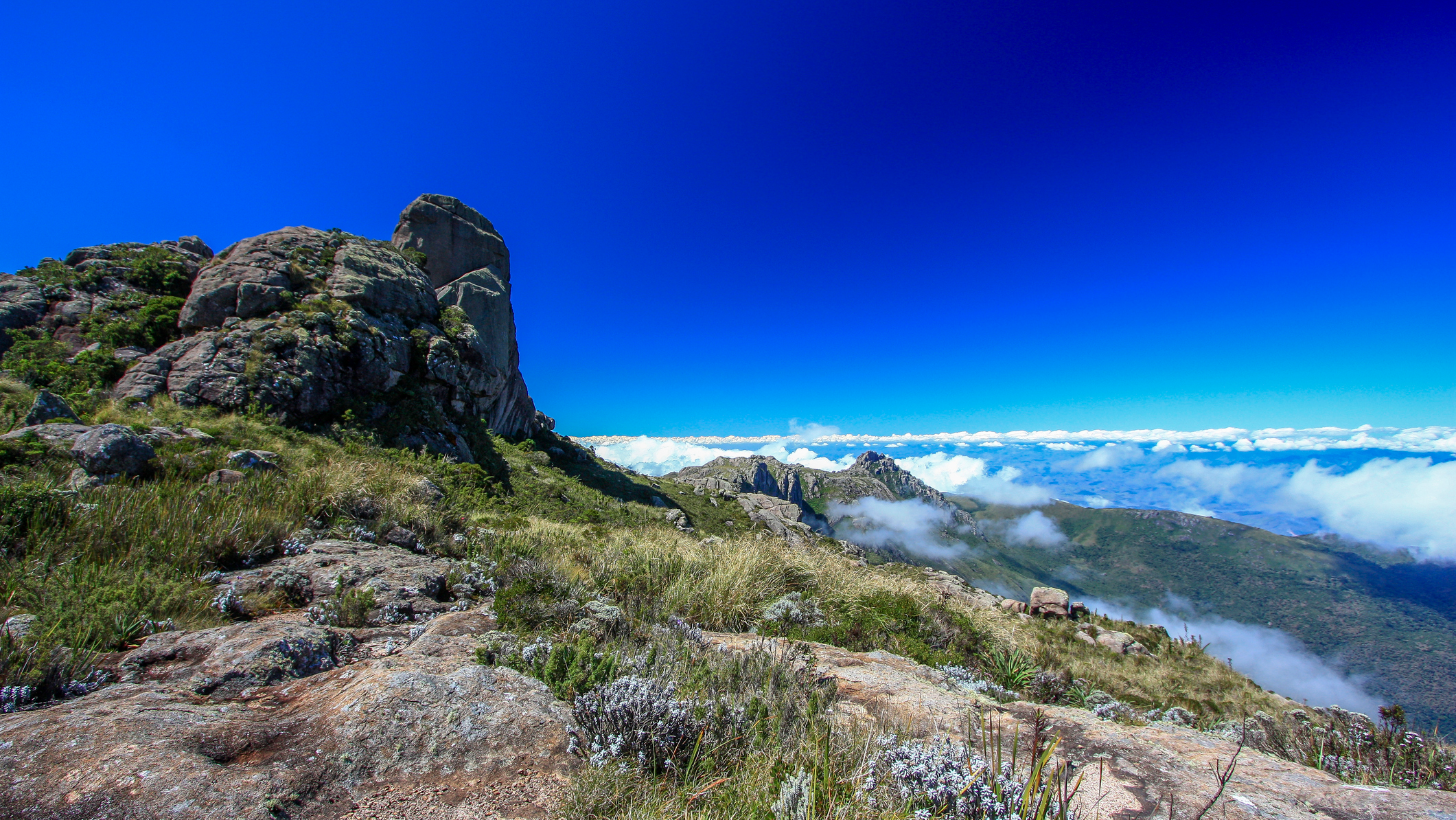How to keep your phone warm in cold weather: 6 easy tips
Try these cold weather hacks to keep your phone from dying on your winter expeditions

These days, you’re probably no more likely to head out on a winter adventure without your phone than you are without your best down jacket to keep you warm. From snapping pics of frozen winter scenes to checking the time and using navigation apps on winter walks, your phone serves all kinds of handy purposes when you’re out snowshoeing or skiing – in fact, Vail Resorts recently announced that their ski passes will soon become completely digital, so good luck going resort skiing without your smartphone.
Sadly, however, smartphones and cold weather aren’t exactly a match made in heaven. How many times have you pulled your fully charged phone out of your pocket 10 minutes into a winter hike only to discover that the battery is suddenly at 20%, and soon to be completely dead? Whether you’re planning on riding the chairlift or exploring the backcountry this winter, carrying your phone can be smart for safety, but make sure to follow our tips for how to keep your phone warm in cold weather to avoid simply lugging the world’s most expensive brick with you wherever you go.

1. Charge before you go
Cold weather does reduce your phone’s battery life, and most smart phones work optimally at temperatures above 32°F (0°C), which means that in many high alpine areas, your phone will be in trouble for a few months starting in December. If you set off with a phone charged to 50%, you’re placing yourself at an even bigger disadvantage against the cold, so make sure yours is charged to 100% before you go (use a car charger if it’s a long drive to the trailhead) and consider investing in a solar charger for winter camping trips and other longer expeditions.
2. Get a winterproof phone case
Really sturdy phone cases definitely make your phone more awkward to easily stash in your pocket, but it’s worth having a winterproof phone case meant for hikers, such as an Otterbox Defender, that covers the front and back of your phone. Phone cases trap some warmth (which is why you should always take your phone out of its case when it’s charging to avoid overheating), and a sturdy case will also keep your phone safe from accidental drops in the snow.

3. Keep it cozy
Your phone case will only provide so much insulation, and on really cold adventures, you’ll need to wrap up your device up the way you do your own extremities. If you plan to use your phone a lot on a hike, the most obvious place to put it is in your jacket pocket, but that’s also the coldest place. You can actually wrap your phone up in insulated material like a spare wool hiking sock (see our guide to the best hiking socks) or a piece of an old emergency blanket, then carry it close to your body, using an inner pocket in your fleece jacket, for example.
4. Change your phone settings
No matter what temperature you’re exploring in, there are certain phone settings that will drain your battery, and these will become more of a hindrance when it’s cold. Before you set off, turn on low power mode, turn off location services, and make sure to close out all apps that are running in the background. If you’re using an online route description, make paper notes or take screenshots in advance so you don’t have to keep using data every time you need to get your bearings, or download any route maps at home.

5. Use airplane mode
Naturally, turning your phone off is the most energy-saving measure you can take, but there are lots of good reasons why you might want to keep your phone on. You may be surprised to learn that many fitness tracking and GPS apps, and even Google Maps all still work when you’re on airplane mode, so a handy tip if you’re not waiting for an important phone call is to simply turn on airplane mode.
Advnture Newsletter
All the latest inspiration, tips and guides to help you plan your next Advnture!
6. Wear a watch
This one might seem a bit trivial, but if you’re using your phone to check the time, you might end up pulling it out of your pocket frequently and exposing it to more cold than needed. Wear a wrist watch and cut down on the number of times you need to use your phone. Tech junkies will do well to invest in a smartwatch like the Apple Watch Ultra, which let you access a lot of the functions of your phone without pulling your handset out every time, while purists might prefer a simpler but tougher field watch.

When all else fails…
If, despite your best efforts, your phone does die, the most important thing you can do is make sure you have backup navigational tools. Carry a map of the area and know how to read it, and bring a compass, which you should also know how to use. Basically, make sure you have some analog tools to get you back to safety if things go wrong.
When you get back home or to your car, don’t be tempted to place your phone somewhere warm to speed up its recovery, as this can cause condensation which damages the battery. Give it a few minutes at room temperature, or close to your body, and when it doesn’t feel like a block of ice anymore you can turn it on. Similarly, don’t charge it until it’s warmed up a bit, as this can also damage the battery.
- Best navigation apps: find your way on the trails and beyond
Julia Clarke is a staff writer for Advnture.com and the author of the book Restorative Yoga for Beginners. She loves to explore mountains on foot, bike, skis and belay and then recover on the the yoga mat. Julia graduated with a degree in journalism in 2004 and spent eight years working as a radio presenter in Kansas City, Vermont, Boston and New York City before discovering the joys of the Rocky Mountains. She then detoured west to Colorado and enjoyed 11 years teaching yoga in Vail before returning to her hometown of Glasgow, Scotland in 2020 to focus on family and writing.

